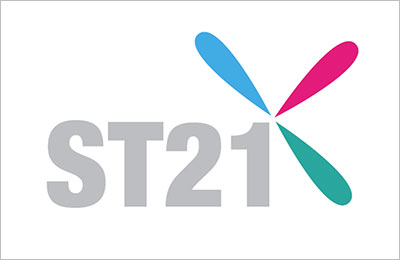D8 - Protect, restore and enhance heritage, making greater use of new technologies

D8 Challenges
Development challenges
- Developing Europe’s prosperity by drawing on its heritage resources
- Implementing the principle of integrated conservation
- Developing the ability of public services to address sustainable spatial development issues by means of better use of heritage
- Increasing the use and reuse of heritage
Knowledge challenges
- Guaranteeing a high technical level for all heritage trades and crafts
- Supporting, strengthening and promoting intergovernmental co-operation
- Encouraging heritage research
D8 Target audience
- local
- regional
- national
 Recommended courses of action for D8
Recommended courses of action for D8
- Inform heritage players, in co-operation with specialists, about the new technologies, including their potential and their limits
- Carry out pre-restoration work studies using non-invasive technologies (digitisation, augmented reality, 3D scanners, modelling, drones, LiDAR, etc.)
- Use non-invasive exploration techniques to study inaccessible or fragile areas
- Develop representations of heritage by means of the new technologies (modelling, 3D printing)
 Good practices for D8
Good practices for D8
28 févr. 2018 16:48:00
Conservation, restoration and exhibition of Eski Mosque and creating a museum of religion, Stara Zagora
02 mars 2018 15:34:00
Interactive research and conservation project of the Retable of the High Altar of Tallinn’s St. Nicholas’ Church
28 févr. 2018 16:43:00



